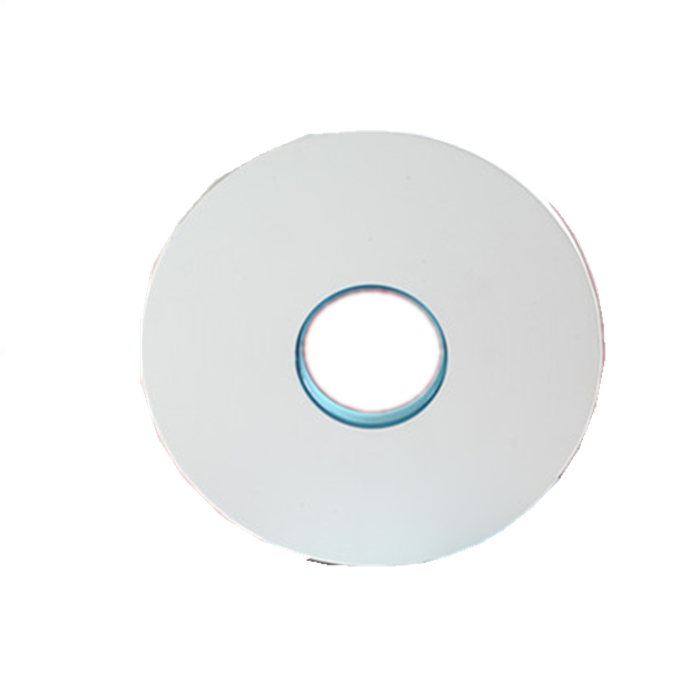According to the latest analysis by Freedonia group, the demand for pulp molding (or fiber molding) packaging in the United States is expected to grow at a rate of 6.1% per year and will reach $1.3 billion by 2024. Due to the environmental advantages of pulp molding, especially its recyclability, biodegradability and composting performance in industrial facilities, its demand is expected to rise at a strong speed.
Key factors that drive strong sales growth include:
1. The performance advantages of pulp molding, including excellent buffer, support and barrier performance, are widely recognized;
2. The development of pulp molding products with more competitive advantages in cost, performance and aesthetics than plastic substitutes;
3, people strongly oppose the disposable plastic products made of foamed polystyrene (EPS) foam, and prohibit some EPS food packaging products.
Food tray / filler and tray will remain the two main pulp molded packaging types
By 2024, pallets and filler plates for eggs, apples and other types of fruits and vegetables will remain the main packaging products for pulp molding, accounting for more than 20 per cent of sales. Pallets and plates and egg trays were the earliest uses of pulp molding because of their good cushioning properties and low cost.
Egg tray will continue to account for second of the share of pulp molding sales, because egg producers will rely on this package to obtain the same protection and price as EPS foam.
The market share of pulp molded egg tray will increase slightly, mainly due to its superior Sustainability (pulp molding containers are recyclable, biodegradable and compostable in some areas).
Compared with plastic, the paper pulp molding packaging is slightly less beautiful, but it helps to convey a “farm fresh” image, which is exactly what many egg suppliers need to achieve product differentiation.
Post time: Jun-18-2021

